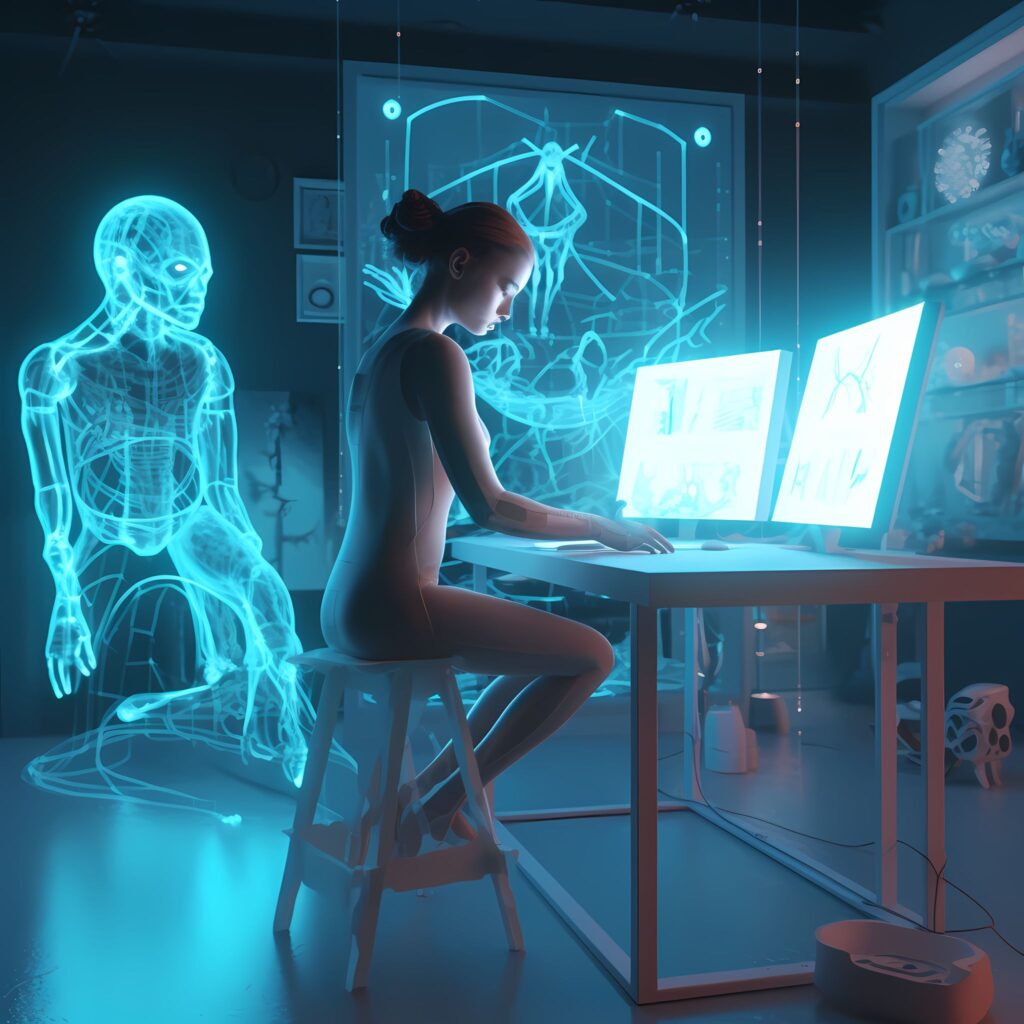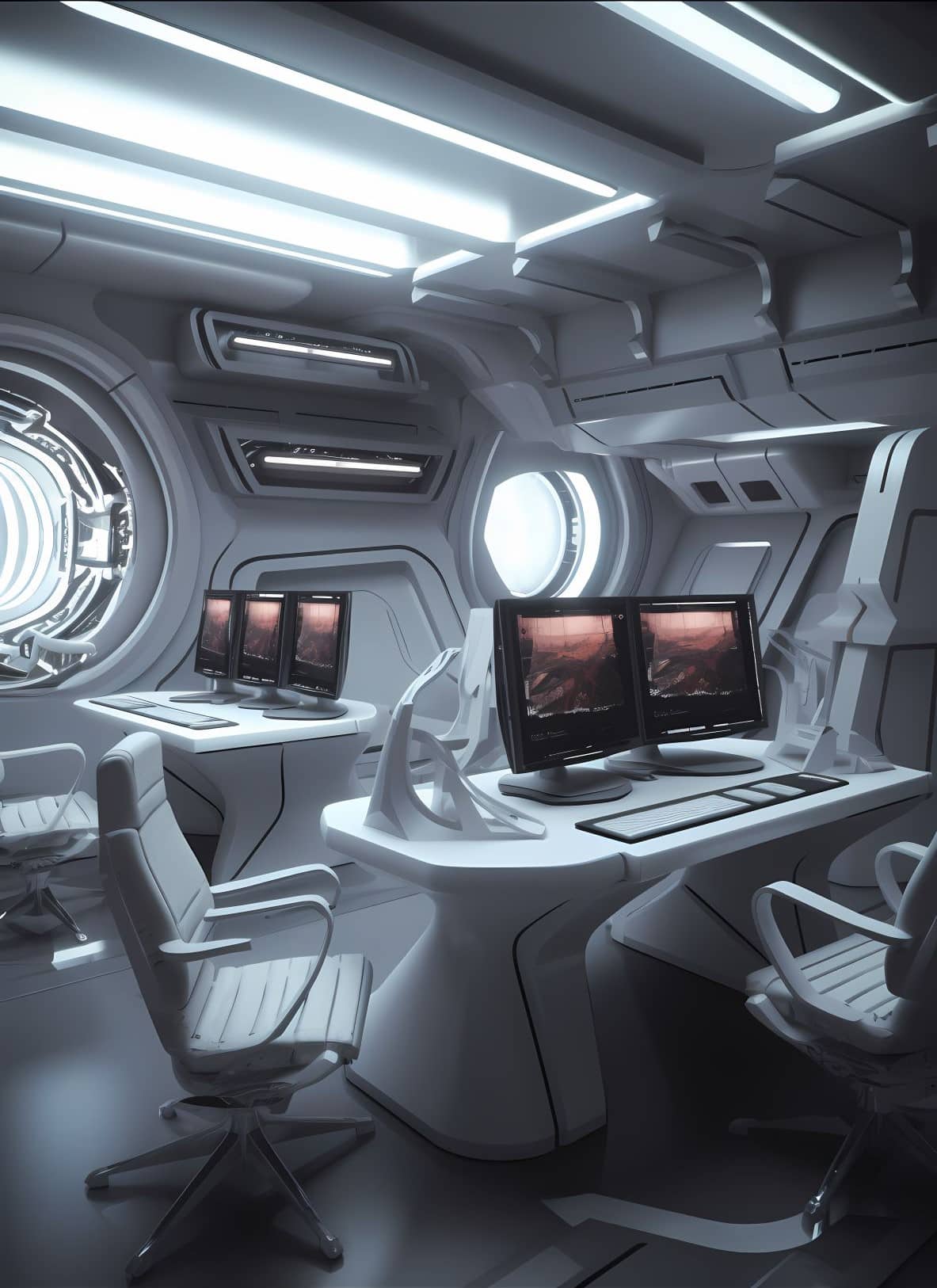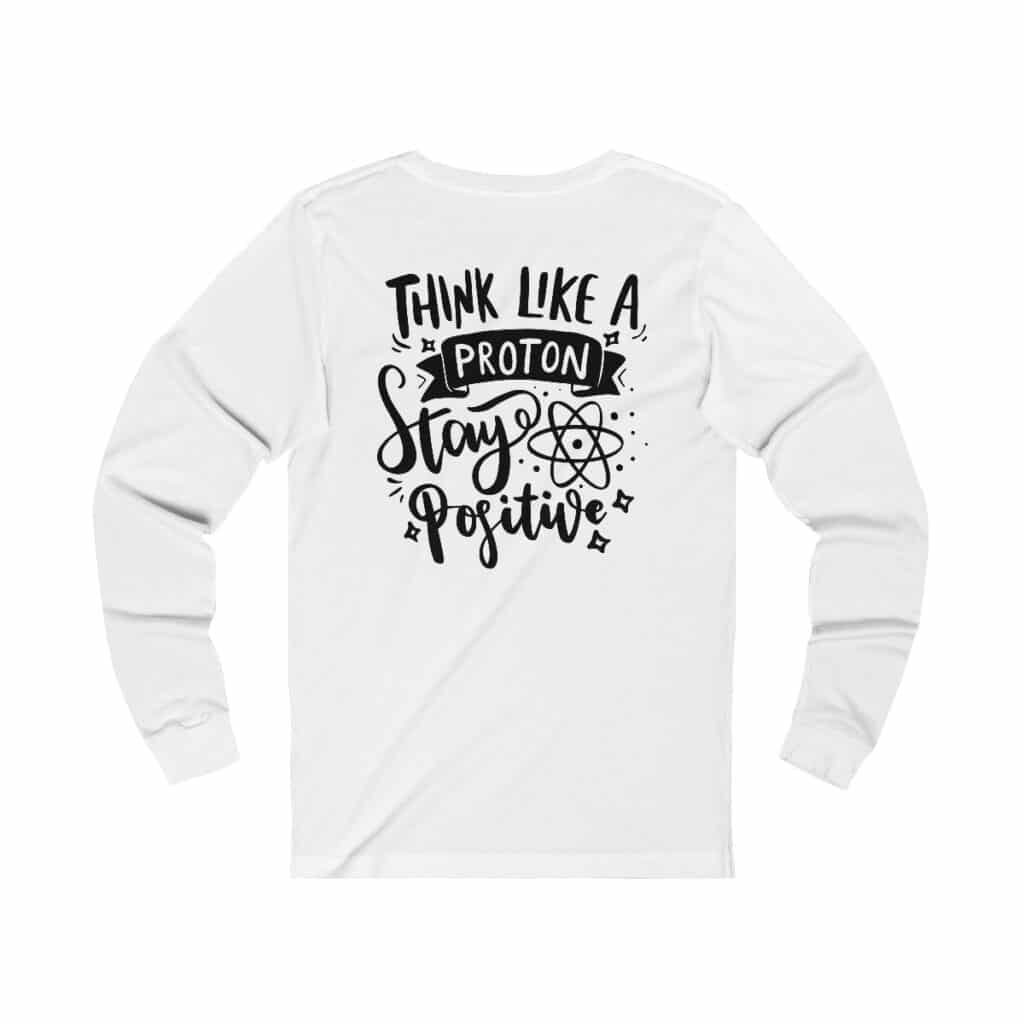3D Art and Modeling is a form of digital art that involves creating three-dimensional objects or environments using specialized software. The practice encompasses a variety of industries, from video games and movies to architecture and engineering.
Basics: 3D modeling involves developing a mathematical representation of any three-dimensional object, either living or inanimate, via specialized software.
Tools and Software: There are many software options for 3D modeling, from professional packages like Autodesk’s Maya, 3DS Max, and Blender. These tools allow artists to create, modify, and render 3D models.
1. Blender: Blender is a free and open-source 3D creation suite that supports the entire 3D pipeline – modeling, rigging, animation, simulation, rendering, compositing and motion tracking, video editing, and 2D animation.
Blender is popular with indie developers, small studios, and hobbyists due to its no-cost entry point, but it’s also powerful enough to be used for large commercial projects. Its features include advanced sculpting tools and brushes, a powerful rendering engine (Cycles), a node-based material system, and a flexible Python-controlled interface. It also supports the creation of VR content. Blender’s community of users contributes to its ongoing development, resulting in frequent updates and additions to its toolset.
Blender has unique user-contributed learning material since it’s free and open source. Blender is the obvious first choice for first-time 3D Modelers due to the low entry barrier and extensive resources.
2. Autodesk Maya: Maya is a comprehensive 3D animation, modeling, simulation, and rendering software developed by Autodesk. It is widely used in film, TV, video game development, and architecture industries for creating complex 3D animations, environments, motion graphics, virtual reality experiences, and more. Maya offers robust 3D character creation and animation features, including a highly customizable and extensible user interface, robust modeling and animation tools, and sophisticated visual effects. The software supports the integration of Python for scripting, allowing users to automate tasks and create custom tools.

3. Autodesk 3DS Max: 3DS Max, also developed by Autodesk, is another robust tool used for 3D modeling, animation, rendering, and visualization. It’s trendy in the video game industry, as well as in architectural visualization. 3DS Max is known for its powerful and flexible modeling capabilities, efficient rendering solutions, and rich tools for creating complex animations. It supports a variety of plug-ins and scripts and has a robust ecosystem of third-party solutions.
Blender is a remarkable tool for anyone looking to dive into 3D modeling, whether they’re beginners or professionals. Here’s why it’s an ideal choice:
1. Free and Open-Source
Blender is free and open-source, meaning anyone can modify or improve it. This lowers the barriers to entry for newcomers and encourages a community-driven approach to development.
2. Rich Features and Functionality
Blender boasts many features and functionalities, including modeling, sculpting, animating, texturing, and more. This comprehensive toolset allows users to explore various aspects of 3D design without needing multiple software.
3. Robust Community Support
Blender’s thriving community provides extensive support through forums, tutorials, and online resources. Beginners can quickly find answers to their questions, and more experienced users can engage with others to grow their skills.
4. Customizable Interface
Blender’s user interface can be tailored to suit individual preferences and needs, making it accessible for beginners and experts. The flexibility in layout and design helps users to work efficiently.
5. Cross-Platform Compatibility
Blender works seamlessly across different operating systems, like Windows, macOS, and Linux. This ensures that Blender is available to you no matter your device.
6. Environmentally Conscious
Since Blender is free and downloadable, it aligns with resource conservation values. You can experiment and learn without the financial burden of expensive software, promoting more accessibility and inclusivity in the 3D modeling world.
7. Opportunities for Growth
From simple modeling to complex animations and game development, Blender can support various creative projects. Blender can grow with you as your skills grow, making it a sustainable choice for long-term learning and creation.
Ideal for Beginner 3D Modelers
Blender’s combination of a zero-cost barrier, rich features, supportive community, and adaptability to various skill levels makes it an ideal choice for anyone looking to learn 3D modeling. By opting for Blender, you’re embracing a tool that encourages creativity, fosters growth, and builds a sense of community, all in one package. Whether you’re taking your first steps in 3D design or looking to refine your skills, Blender has something valuable to offer.

Types of 3D Modeling: There are several types of 3D modeling, including box modeling, edge modeling, and digital sculpting. Box modeling starts with a primitive shape (like a cube or sphere) and refines it into the desired form, while edge modeling creates models piece by piece. Digital sculpting involves shaping a model as if it were clay.
Uses: 3D modeling is used in various industries. For example, in the film industry, it’s used in special effects and animation. In video games, it’s used to create characters, environments, and objects. In architecture, it’s used to create virtual walkthroughs of buildings before they are built.
Techniques: There are various techniques used in 3D modeling. Polygonal modeling is commonly used in the game industry, where models are created from polygons. NURBS modeling is more commonly used in the film industry, where models are created from smooth surfaces. Sculpting is another technique that’s becoming increasingly popular, where models are created in a way that’s similar to how traditional sculptors work with clay.
Skills: To excel in 3D modeling, one needs artistic skills, technical skills, and a good understanding of space and geometry. Strong skills in drawing and visualizing concepts are also essential.
Learning: Numerous online courses and tutorials are available for those interested in learning 3D modeling. Sites like Udemy, Coursera, and even YouTube have various resources for learners at all levels.
Careers: Career opportunities in the field of 3D modeling include roles such as 3D Artist, 3D Animator, 3D Designer, and 3D Architect. These professionals often work in industries such as film and television, video games, advertising, product design, and architecture. 3D Art and Modeling is an exciting and dynamic field that combines creativity with technical expertise. As technology develops, the possibilities for what can be created in this medium will only expand.

Check out our Positive Thinking T-Shirt Collection!
